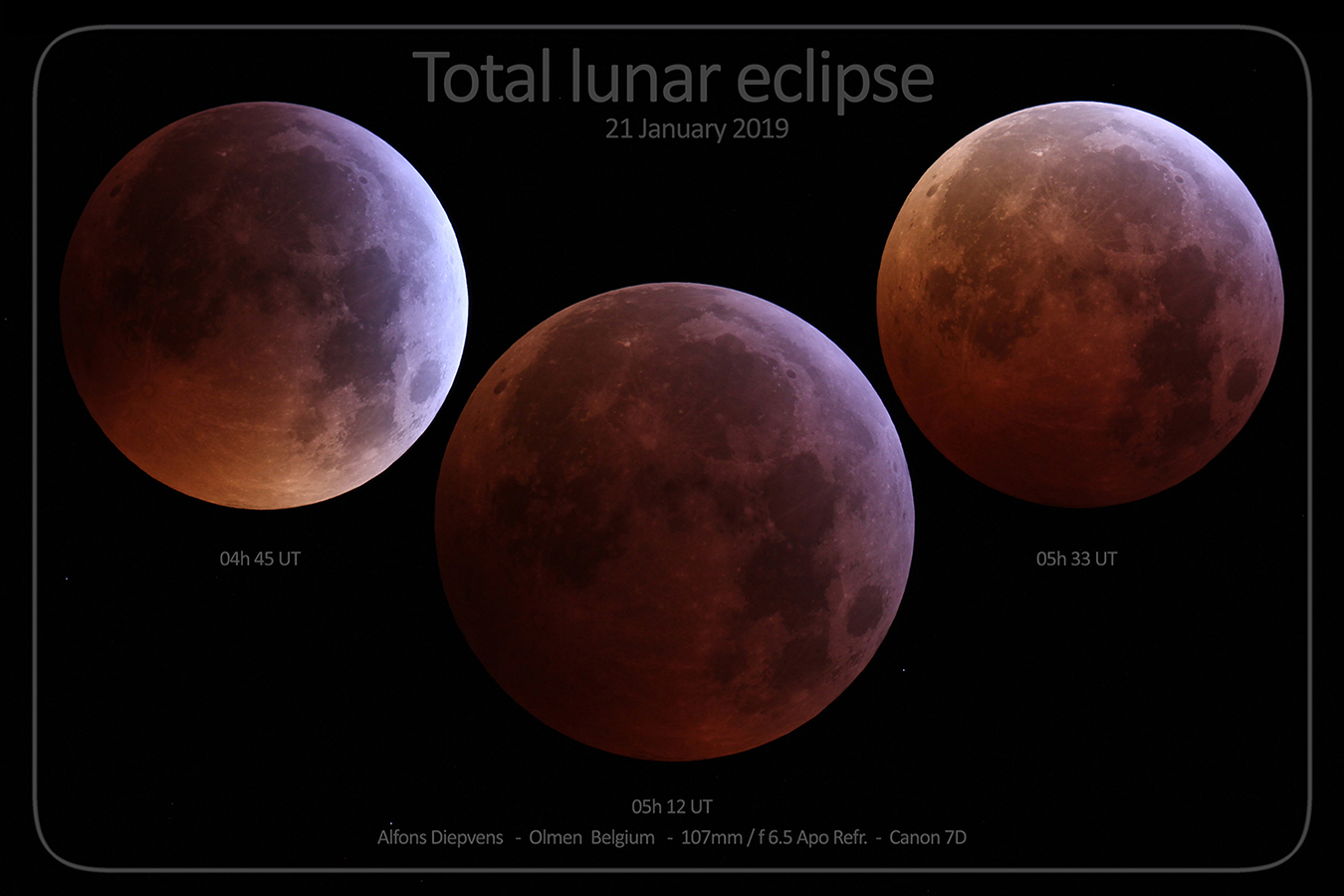

In January, wolves “howled in hunger outside the villages,” according to the Farmer’s Almanac. Indigenous tribes in North America kept track of seasons by observing the full moons, giving them names that related to their time of year. The “wolf” part of the phrase simply refers to the fact that the phenomenon will occur in January. At this distance, a full moon is often called a “supermoon,” making it appear slightly bigger and brighter than normal. Currently, the moon is very close to its perigee, or the closest point in the moon’s orbit to Earth. The reason this particular moon is “super” has to do with its distance from the Earth. (In contrast, a solar eclipse occurs when the moon gets between the sun and the Earth, making the sun look as if it has disappeared.) NASA The light that does get around the surface is mostly reddish-orange, and projects against the moon to give it the appearance of being that color.

It’s essentially a splashy term for Sunday’s total lunar eclipse, which occurs when the Earth passes directly between the sun and the moon, blocking most of the light except for small slivers that sneak around the Earth’s surface. Which is why scientists are calling Sunday’s phenomenon the “super blood moon” or the “super blood wolf moon.” (Yes, really.) What is a super blood wolf moon? During this one, the moon is closer to Earth than usual and will appear to be 14 percent bigger. For about an hour between late Sunday and early Monday, the moon will turn bright red in a phenomenon also known as a blood moon.Īnd it won’t be just any lunar eclipse.

20, the first and only total lunar eclipse of 2019 will be visible to everyone living in North and South America.
#Time of lunar eclipse january 2019 how to#
How to see Tuesday's 'blood moon' total lunar eclipse, the last one until 2025 'Beaver blood moon' offers world's last total lunar eclipse until 2025Īstrologer: Total blood moon lunar eclipse to bring shocking global event Beaver Blood Moon illuminates Election Day skies


 0 kommentar(er)
0 kommentar(er)
